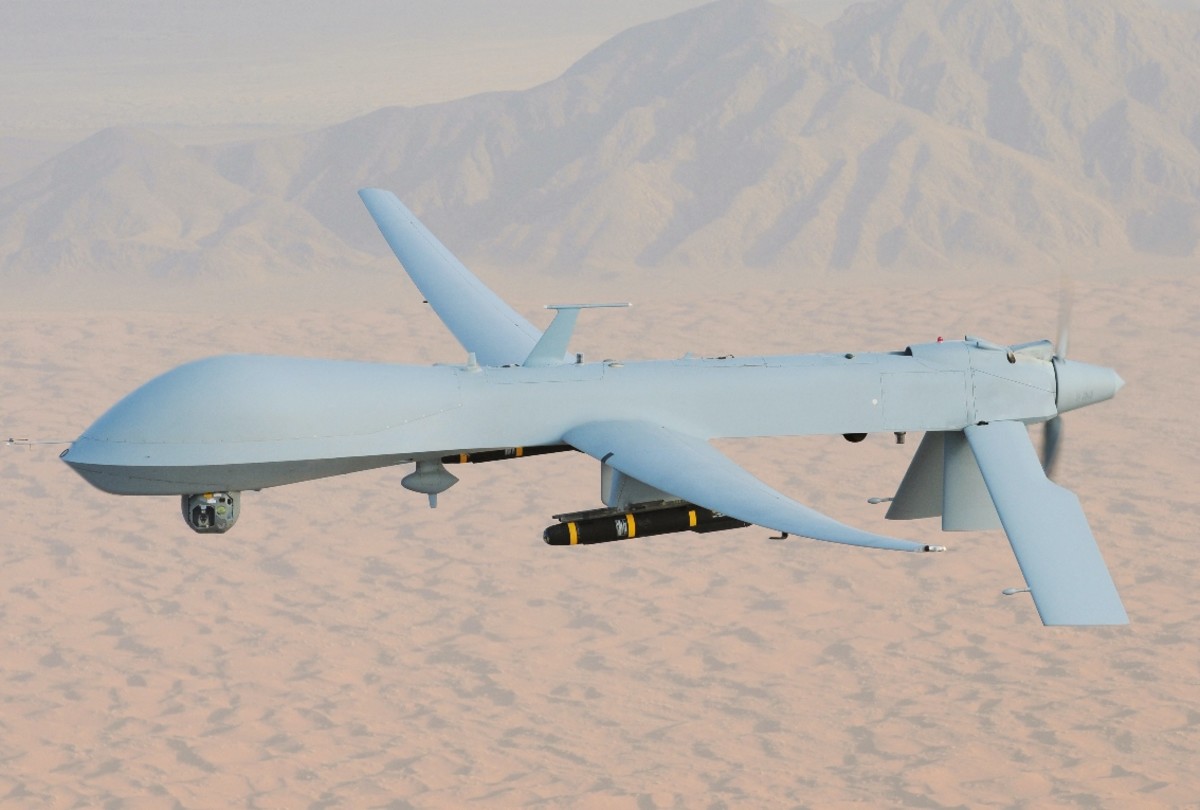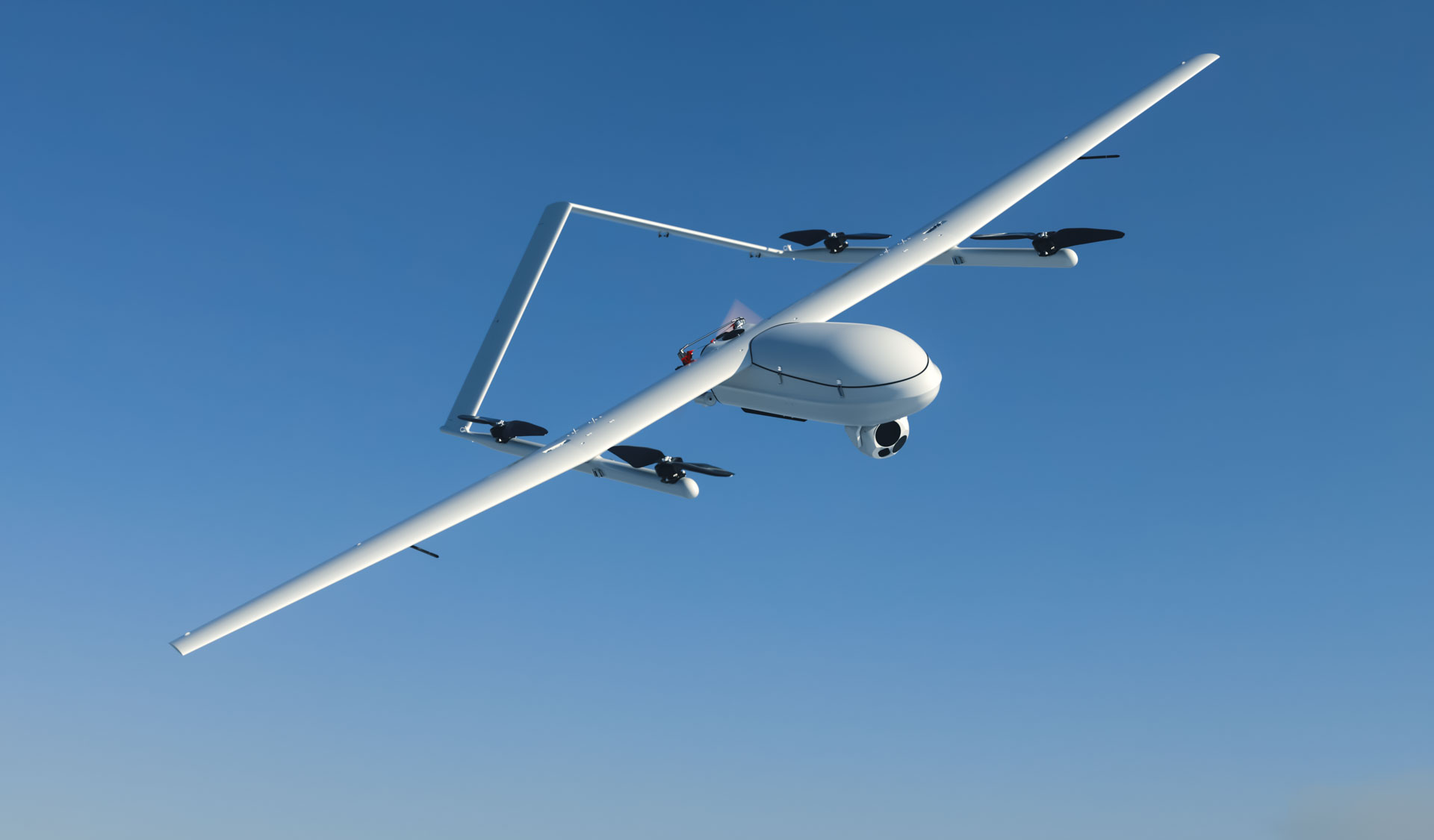Drones can reach speeds of up to 70 mph. Racing drones can even exceed 100 mph.
Drones have become an integral part of various industries, from filmmaking to agriculture. Their ability to fly at high speeds enhances their utility in search and rescue missions, surveillance, and recreational activities. The speed of a drone depends on its design, purpose, and the technology it uses.
Racing drones, designed for speed and agility, can exceed 100 mph, while commercial drones typically fly between 40 to 70 mph. Understanding these capabilities helps users select the right drone for their specific needs. Advanced models continue to push the boundaries of speed, making drones more versatile and efficient.
Drone Speed Basics
Understanding drone speed is essential for enthusiasts and professionals. Knowing how fast a drone can fly helps in choosing the right model. Various factors influence a drone’s speed, making it crucial to grasp the basics.
Average Speeds
Drones come in different types, each with its speed range. Consumer drones typically fly at speeds between 15-50 mph. Racing drones are much faster, often exceeding 100 mph. Professional drones, used in filming and surveying, have moderate speeds, usually around 30-60 mph.
| Type of Drone | Average Speed (mph) |
|---|---|
| Consumer Drones | 15-50 |
| Racing Drones | 100+ |
| Professional Drones | 30-60 |
Factors Affecting Speed
Several factors determine how fast a drone can fly:
- Weight: Heavier drones tend to fly slower.
- Battery Life: Longer battery life can limit speed to conserve power.
- Motor Power: More powerful motors increase speed.
- Aerodynamics: Sleeker designs reduce air resistance.
- Weather Conditions: Wind and rain can slow down drones.
Understanding these factors helps in choosing the right drone for your needs. Always consider these elements to maximize your drone’s performance.

Credit: owlcation.com
Types Of Fast Drones
Drone technology has advanced rapidly. Some drones are now incredibly fast. Let’s explore the types of fast drones and see what makes them so quick.
Racing Drones
Racing drones are built for speed. These drones are lightweight and agile. They can reach amazing speeds. Some racing drones can fly up to 100 mph. This makes them perfect for drone racing competitions.
Racing drones have powerful motors and advanced controllers. They also use high-speed cameras. These cameras help pilots see where they are flying. Pilots use special goggles to control the drones.
| Feature | Details |
|---|---|
| Speed | Up to 100 mph |
| Weight | Lightweight |
| Motors | Powerful |
| Controllers | Advanced |
Commercial Drones
Commercial drones are used for various purposes. They are not as fast as racing drones. Still, they can reach impressive speeds. Some commercial drones can fly up to 50 mph.
These drones are used for photography, delivery, and inspections. They have more features than racing drones. Commercial drones are also built to carry heavier loads. They have advanced GPS systems and cameras.
- Speed: Up to 50 mph
- Uses: Photography, Delivery, Inspections
- Features: GPS, Advanced Cameras
- Capacity: Can carry heavier loads
Top Speed Records
Have you ever wondered how fast drones can fly? Drones are becoming faster every year. Some can even rival small aircraft. Let’s explore the top speed records held by drones. We will also compare their speeds with other vehicles.
World Record Drones
The current world record for the fastest drone is impressive. The DRL RacerX holds this title. It can fly at an incredible speed of 179.6 mph (289 km/h). This drone is specially designed for speed. It is not an ordinary consumer drone.
Another record-holding drone is the DRQ250. This drone reaches speeds of up to 145 mph (233 km/h). These drones are used in races and competitions. They showcase the best in drone engineering.
Comparison With Other Vehicles
How do these drones compare with other vehicles? Let’s find out:
| Vehicle | Top Speed (mph) |
|---|---|
| DRL RacerX | 179.6 |
| Sports Car | 211 |
| Motorcycle | 186 |
| Commercial Airliner | 570 |
| Bullet Train | 267 |
As shown, drones are catching up with some fast vehicles. While they can’t beat a commercial airliner, they are faster than some motorcycles. This makes drones exciting for speed enthusiasts.

Credit: www.dronerush.com
Technology Behind Speed
The speed of a drone depends on many factors. Two main factors are aerodynamics and propulsion systems. These technologies work together to make drones fly fast. Let’s explore how these technologies help drones achieve high speeds.
Aerodynamics
Aerodynamics is all about how air moves around the drone. The shape of the drone matters a lot. Streamlined designs reduce air resistance. This helps the drone cut through the air smoothly. Wings and propellers are also designed to improve airflow.
Here are some key aerodynamic features:
- Smooth body to reduce drag
- Efficient wings for better lift
- Optimized propellers for smoother air cutting
Propulsion Systems
Propulsion systems give the drone its thrust. This thrust makes the drone move forward. Electric motors are commonly used in drones. These motors are powerful and lightweight. They help the drone achieve high speeds.
Key components of propulsion systems include:
- High-power motors for strong thrust
- Efficient batteries for longer flight times
- Advanced controllers for better speed regulation
Combining aerodynamics and propulsion systems creates a fast-flying drone. Each technology plays a crucial role in achieving high speed.
Future Of Drone Speeds
The future of drone speeds is a fascinating topic. Drones are getting faster each year. Let’s explore the innovations driving this trend. We’ll also look at potential applications for these speedy drones.
Innovations In Design
Drones are becoming faster due to better design. Engineers use lightweight materials. These materials make drones faster and more efficient. Carbon fiber and advanced plastics are common choices.
Another innovation is improved aerodynamics. Sleek designs reduce air resistance. This helps drones fly faster and longer. Propeller technology is also evolving. New propellers offer better thrust and speed.
Battery technology is crucial too. Modern batteries are lighter and store more energy. This allows drones to fly fast without running out of power quickly.
Potential Applications
Faster drones have many uses. They can deliver packages quicker. This is great for businesses and customers. Emergency services can also benefit. Drones can reach accident sites faster.
In agriculture, fast drones can cover large fields quickly. They help farmers monitor crops and livestock. Drones can also help in wildlife conservation. They can track animals without disturbing them.
Another exciting area is sports. High-speed drones can film events from unique angles. This gives viewers an immersive experience. Fast drones are also used in racing competitions. These races are thrilling to watch.
| Application | Benefit |
|---|---|
| Package Delivery | Faster delivery times |
| Emergency Services | Quicker response |
| Agriculture | Efficient monitoring |
| Wildlife Conservation | Non-intrusive tracking |
| Sports Filming | Better viewing experience |
| Racing Competitions | Exciting events |

Credit: www.jouav.com
Frequently Asked Questions
How Fast Can Consumer Drones Fly?
Consumer drones typically fly at speeds between 20 to 50 mph. Their speed varies based on model and wind conditions.
What Factors Affect A Drone’s Speed?
Several factors affect a drone’s speed, including its design, weight, and weather conditions. Battery life also plays a role.
Are Racing Drones Faster Than Regular Drones?
Yes, racing drones are designed for speed and agility. They can reach speeds up to 100 mph.
How Does Wind Impact Drone Flight Speed?
Wind can significantly impact a drone’s speed. High winds can slow it down or make it unstable.
Conclusion
Drones come in various types, each with different speed capabilities. Racing drones can reach impressive speeds, often over 100 mph. Consumer drones typically fly slower, around 20-50 mph. Understanding your drone’s speed potential helps ensure safe and enjoyable flights. Always adhere to local regulations and practice responsible flying.

Rakib Sarwar is a seasoned professional blogger, writer, and digital marketer with over 12 years of experience in freelance writing and niche website development on Upwork. In addition to his expertise in content creation and online marketing, Rakib is a registered pharmacist. Currently, he works in the IT Division of Sonali Bank PLC, where he combines his diverse skill set to excel in his career.
